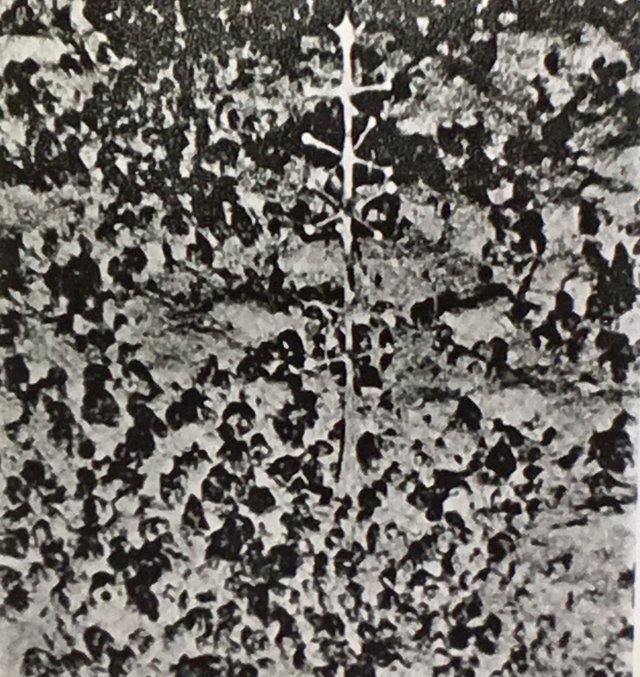EXTROPIA’S CURIOUS SCIENCE: ‘HARMONIC 33’
On August 29, 1964, The oceanographic research vessel Eltanin photographed a strange object that lay 12, 808 feet beneath the ocean west of Cape Horn. The ‘Eltanin Object’, as it came to be known, was described by a New Zealand newspaper as resembling a complex radio antenna. But nobody knew what it really was.

(Image from wikimedia commons)
However, one New Zealander thought he knew what the Eltanin Object was. That man was an airline pilot called Bruce Cathie. In 1952, he had observed a white light accompanied by a red light, performing manoeuvres out to see off of Auckland City’s Manaku harbour. Noticing these objects were flying in a way “no man-made vehicle could accomplish at the time”, Cathie decided he had seen UFOs.
This sighting got him interested in the subject, and subsequent investigations brought him to the work of a French ufologist called Aime Michel. In the early 50s, Michel had proposed that UFOs travelled the world in straight lines. Cathie expanded on this work by plotting UFO flight paths around New Zealand, ultimately drawing up a complex, countrywide grid system. With further work, Cathie expanded the grid system to cover the world.
But there was a mystery to this grid system. How were the UFOs able to follow straight lines between waypoints? The Eltanin Object seemed to provide the answer. The object was- according to Cathie-an alien navigation beacon.
Cathie spent years researching this supposed alone technology, developing what he called “a series of harmonic unified equations” which, he reckoned, revolutionised our understanding of physics. His Harmonic Unified Field Equation supposedly improved upon Einstein’s theories, demonstrating that “all of creation was light”.
All exciting, revolutionary stuff. Unfortunately, in 1971 the Eltanin Object was officially identified and it turned out not to be a navigation device for UFOs at all. It was just a sea sponge!
REFERENCES
‘Far Out’ by Mark Pilkington